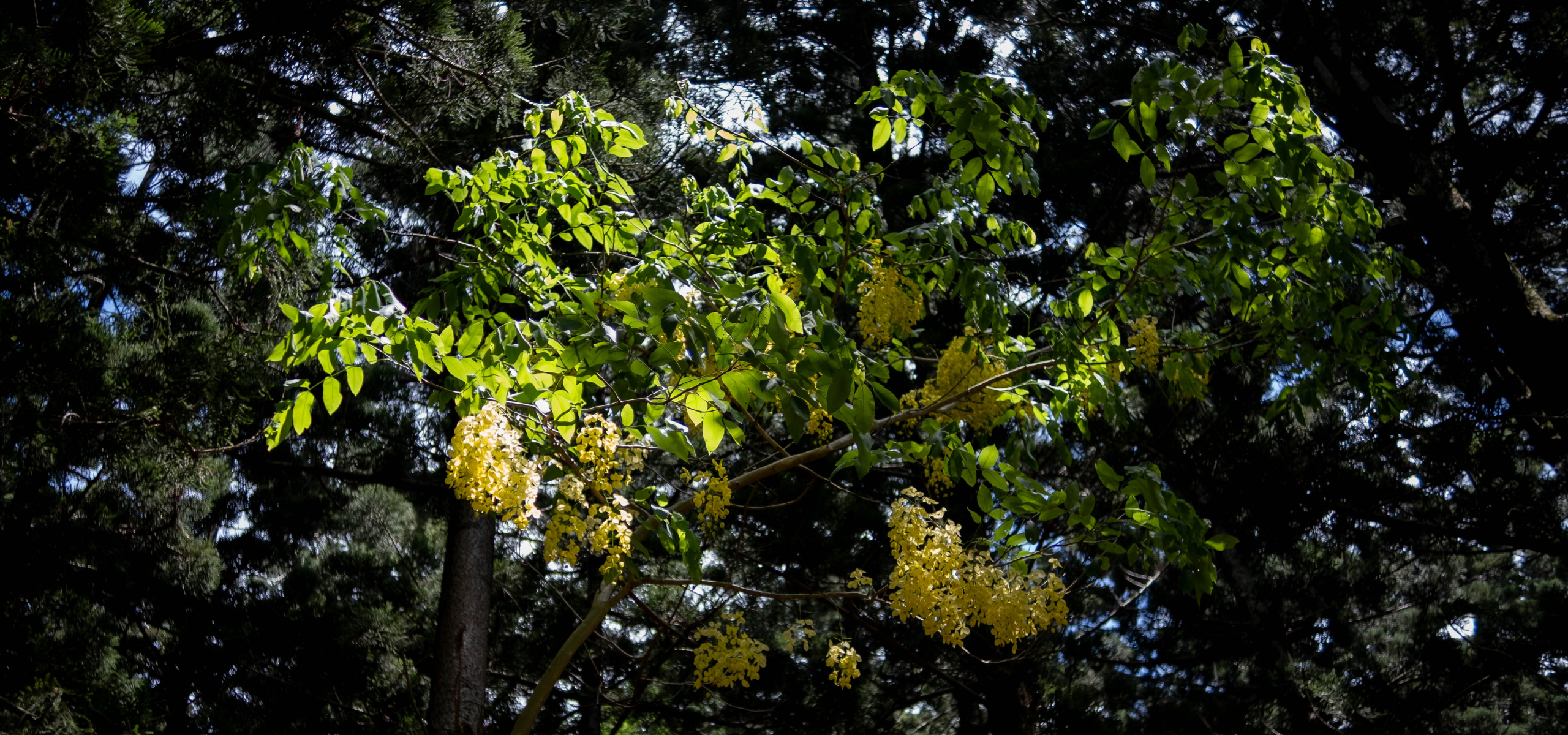
- Ecology
From ecosystems to institutions: grounding system resilience in practice
Anna Paturau & Boris F. Mayer
- April 21, 2025
In a world shaped by constant disruption—from climate volatility to economic instability—many of our systems are showing signs of strain. Designed in and for more predictable times, institutions today often struggle to respond to complexity. Governance becomes rigid, strategies lag behind reality, and coordination breaks down just when it’s most needed.
This isn’t just a global issue—it’s particularly visible in small island states like Mauritius, where scale and exposure make both the fragilities and the opportunities more immediate.
At Blue Boa, we believe that navigating this landscape requires more than reform—it calls for rethinking how systems are designed altogether. One place to look for clues? Natural systems.
What can nature reveal about resilience?
Ecological systems have evolved under conditions of constant change. They aren’t efficient in the narrow sense—but they persist, adapt, and self-regulate. Studying how they work can offer insights into how human systems might be made more resilient—not by mimicking nature literally, but by learning from its underlying logic.
1. Functional redundancys
In ecosystems, multiple species often perform similar roles. This overlap—known as functional redundancy—adds flexibility. In coral reefs, several herbivorous fish species help keep algae in check. If one disappears, others can maintain the balance.
Why it matters: In human systems, redundancy is often seen as wasteful. But when disruption hits, having multiple actors or mechanisms that can fulfill essential functions may be what allows continuity.
2. Decentralized adaptation
Forests don’t have a central control structure. Trees, fungi, microbes, and animals each respond to local conditions. Research on mycorrhizal networks—fungal systems that connect trees—shows how resources and signals are exchanged in real time, supporting the collective health of the forest.
The takeaway: Systems that allow local actors to make context-specific decisions can respond faster and more appropriately than those relying on distant command-and-control structures.
3. Diversity of traits and responses
Biological diversity is more than a numbers game. What matters is that organisms respond differently to the same stress. This variation creates options—different ways the system can adjust.
For institutions and communities, this might mean building teams, networks, and partnerships that bring different perspectives, problem-solving strategies, and operating models. When challenges are complex, variety can be a strength.
4. Cycles and regulation
In nature, resources move in loops. Decomposers return nutrients to the soil, feeding future growth. Nothing is wasted for long. At the same time, systems have limits—when resource use exceeds what an ecosystem can sustain, it self-corrects or breaks down.
In human systems, unregulated accumulation—whether of power, wealth, or waste—can lead to imbalance. Efforts like the circular economy address this, but often from a technical angle. The broader challenge is: can our systems be designed to sustain regeneration, not just reduce waste?
When human-made systems fall short
Many institutions today prioritize control, efficiency, and growth. These are not inherently bad goals, but they often come at the expense of adaptability. Bureaucracies centralize authority to ensure consistency. Businesses streamline for margin. Governments silo departments for clarity. The result? Systems that are brittle—vulnerable to change they weren’t built to handle.
A striking example in Mauritius was the response to the 2020 MV Wakashio oil spill. While official coordination was slow and fragmented, communities mobilized rapidly, improvising containment tools using local materials. Their action was grounded, fast, and deeply contextual—but largely disconnected from the formal response system.
This isn’t a failure of motivation. It’s a design issue. Systems aren’t structured to recognize or integrate decentralized capabilities—even when they’re effective.
Mauritius: a place to rethink, not just react
Mauritius is often described as vulnerable: ecologically sensitive, import-dependent, exposed to global shifts. All true—but incomplete. Its size, diversity, and connectedness also create unique opportunities for systems innovation.
- Feedback is fast. In a small country, the effects of decisions are visible quickly. This creates space for real-time learning.
- Actors are close. Government, private sector, and civil society operate in proximity. What’s missing is structured collaboration.
- There is deep cultural and intellectual diversity. This can fuel resilience—if systems are built to connect and mobilize it.
Yet many decisions in Mauritius are driven by imported models—economic, technological, urban. “Smart City” strategies, for example, prioritize optimization and infrastructure but often miss the social, informal, and ecological realities on the ground.
This isn’t an argument against global ideas. It’s a call for contextual design: solutions that fit the local terrain, history, and dynamics.
Designing for resilience: what might it look like?
The shift isn’t about copying nature—it’s about drawing from its logic. That means asking different questions when designing institutions, policies, or partnerships.
- Can decision-making be distributed, not just delegated?
- Are there multiple pathways to maintain essential functions?
- Is the system open to feedback and able to adjust?
- Do we create space for different kinds of knowledge to co-exist?
- Are we building toward regeneration—or simply minimizing harm?
These aren’t theoretical questions. They can be applied to how municipalities coordinate, how public-private initiatives are structured, how funding is allocated, and how success is measured.
And in places like Mauritius, the conditions for prototyping these ideas already exist. What’s needed is the intentional design to bring them together.
For a resilient future
There’s no perfect model for resilience. But there are better questions—and better ways to learn. Nature shows us systems that persist not because they are the strongest or most efficient, but because they are adaptive, diverse, and connected.
Mauritius doesn’t need to scale down the world’s ideas. It can scale up its own.
At Blue Boa, we see system design not as an abstract exercise but as a practical one. It begins with careful observation, critical thinking, and collaborative implementation. And it’s rooted in one core belief: that the structures we build should be fit for the futures we face.
Join our newsletter
Subscribe to our newsletter to follow how we are striving to make a positive impact
